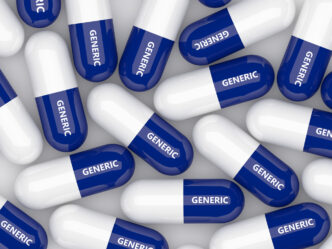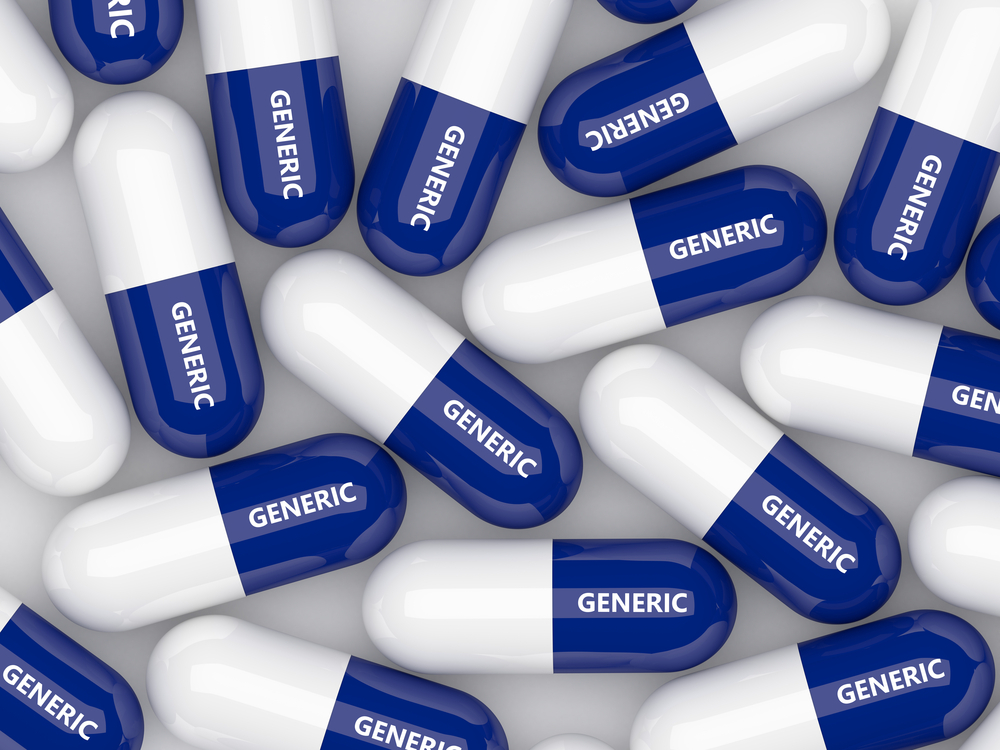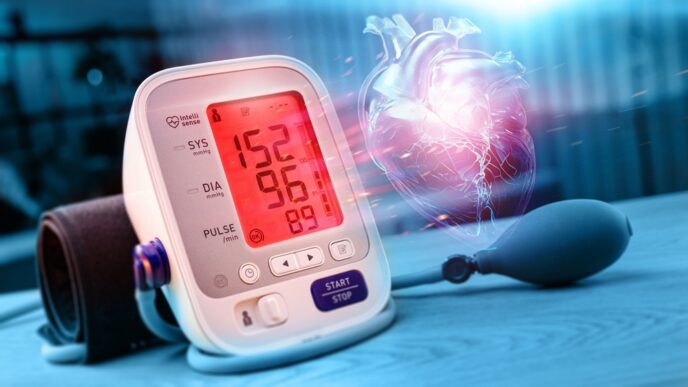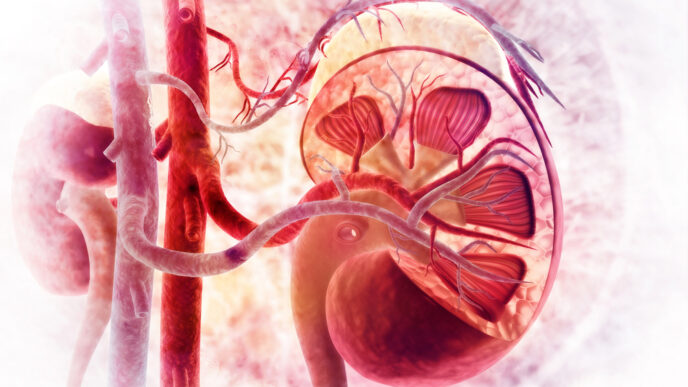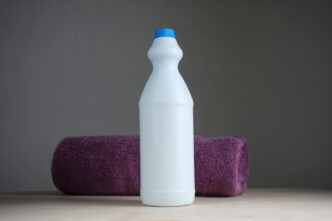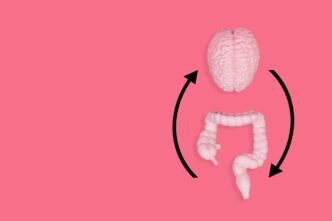In an age where rising healthcare costs are a pressing concern, generic medicines represent one of the most powerful tools we have for ensuring affordable access to treatment. Yet, despite their proven effectiveness, questions and doubts still surround them.
WORDS PROFESSOR DR PT PHOMAS
 FEATURED EXPERT FEATURED EXPERTPROFESSOR DR PT THOMAS Executive Dean Faculty of Health and Medical Sciences Taylor’s University |
GENERIC MEDICINES WORKS AS WELL AS “ORIGINAL” ONES
Generic medicines are not second-rate versions of original or “originator” drugs.
They are scientifically developed to contain the same active ingredients, in the same quantity, and to deliver the same therapeutic effects.
How Generic Medicines Come to Be — It Is Perfectly Legal
- When a pharmaceutical company discovers a new drug, they are granted a patent, giving them exclusive rights to manufacture and sell the drug for a set period — usually 20 years.
- This exclusivity allows them to recover the substantial investment made in research, clinical trials, and regulatory approvals.
- However, once the patent expires, other companies are allowed to produce the same drug.
WHY GENERIC MEDICINES ARE CHEAPER
- Generic manufacturers do not bear the initial costs of drug development.
- Hence, they can offer clinically equivalent treatments at significantly lower prices,
- This eases the financial burden on patients and healthcare systems alike.
GENERIC MEDICINES ARE STRICTLY REGULATED AND CONTROLLED JUST LIKE “ORIGINAL” ONES
In many countries, including Malaysia, all medicines — whether generic or originator — must undergo strict regulatory controls.
The Drug Control Authority through the National Pharmaceutical Regulatory Agency (NPRA) evaluates and registers all medicines before they can be marketed and sold in Malaysia.
For generic medications, the process often includes bioequivalence testing.
- This is where the generic drug must demonstrate that it behaves similarly in the human body just like the originator drug.
- This is done using plasma concentration curves in healthy human volunteers, generally showing the drug falls within 80-125% of the originator’s performance.
- This threshold is an internationally recognized scientific standard that ensures both safety and efficacy.
GENERIC MEDICINES MAY LOOK DIFFERENT FROM THE “ORIGINAL”, BUT THIS DOES NOT AFFECT HOW WELL THEY WORK
Differences in appearance such as colour, shape, or packaging are superficial.
The active ingredients are the same in both the originator drug and the generic drug.
DIFFERENT PEOPLE MAY REACT DIFFERENTLY TO A GENERIC MEDICINE, BUT THAT’S NORMAL FOR ANY MEDICINE
Patients may sometimes react differently to any drug, whether generic or originator, because individual responses vary.
This is not a sign that generic medications are inferior.
Rather, it is a result of that many factors and variations that affect how one person responds to a medication.
GENERIC MEDICATIONS CONTRIBUTE TO THE SUSTAINABILITY OF OUR PUBLICLY FUNDED HEALTHCARE SYSTEM
- Governments cannot sustainably afford to buy originator drugs indefinitely, especially for chronic diseases or large populations.
- Generics help stretch healthcare budgets without compromising on quality.
IN CONCLUSION
Generic medicines are not second-best.
They are essential, effective, and safe tools in the healthcare arsenal.
As healthcare costs rise, embracing generics is not just a personal choice, it is a collective responsibility.
Let us build confidence through education, advocacy, and evidence. When we trust the science behind generics, we ensure that quality care is within reach for all.
| This article is part of our series on medicines and their safe and proper use. |

